The stars are finally right! We mythos fanatics have been waiting a long, long time for a new, proper Call Of Cthulhu entry, and it’s finally here courtesy of Cyanide Studio.
Consistently making our lists of most anticipated horror games over the years, the official video game version of Chaosium’s classic tabletop RPG is a worthy successor to the name.
Based on chatter across the web, it’s clear that horror gaming fans think they know what kind of game they are in for, but, like any assumption about the true horrid nature of reality, they are all wrong.
This first-person investigative adventure game has a little bit of everything wrapped up into a unique, sanity-blasting package.
Just What Kind of Madness am I Descending Into Here?
Let’s clarify this first: CoC 2018 is most definitely not a remake of Dark Corners Of The Earth, and it is not a re-telling of The Shadow Over Innsmouth, although that’s the impression the imagery and trailers may have given off.
The game’s Steam forum is jam packed with people assuming this is going to be Amnesia or Outlast with tentacle monsters, and that is not even close to the case.
While there are three segments during the game where you are hiding and sneaking past enemies you can’t kill, that isn’t the focus here. Those sections are more like their own one-off puzzles, rather than the bulk of the gameplay.
Call Of Cthulhu is primarily about investigating. It’s about getting into places people don’t want you to go so you can find information they don’t want you to have.
In all the ways that count, Cyanide’s new entry into cosmic horror feels like a CoC tabletop campaign, revolving around an investigation into the death of a brilliant painter. Since this version is based off the tabletop material, it’s, of course, set in 1920s New England.
During the course of the game’s 14 chapters, Detective Pierce delves deep into a unique mythos story that draws on familiar concepts and creatures — like dimensional shamblers and Cthulhu itself — but presents them in a different way than you may be expecting.
A few new entities make appearances as well, such as a cosmic being who serves a similar role to Nyarlathotep in many mythos tales, drawing humans into something awful and trying to enact the will of the Old Ones while they slumber.
Some unique twists and turns pop up across the story you may not be expecting either, which for me, was a huge plus since the mythos is so familiar at this point. Characters who seem like straight up villains may be doing evil things for altruistic or sympathetic reasons, while those who seem innocent may be the biggest threats to humanity’s continued existence.
Uncovering The Awful Truth
Our anti-hero, Pierce, is a rough and tumble PI and a hard drinker living during the Prohibition era. Despite his trappings, it is entirely up to you decide whether he delves into the insane truth of the cosmos or instead holds onto cold rational reality.
Truth versus reality is a constant theme and the central struggle — more so even than against gibbering, multi-limbed things from beyond the stars — because in this game, those two concepts are not even close to the same things.
Unlocking the truth or embracing the reality of any given area is where you’ll see the pen and paper aspects converted into digital form. In general, CoC 2018 stays true to the core concepts of its Chaosium inspiration.
You can’t physically kill the awful things from beyond the stars. You won’t be saving the world by blasting monsters with a shotgun. Instead, Pierce has to rely on his skills to spot hidden items, uncover deception in conversations, pick locks, notice an important clue by drawing on his knowledge of medicine or the occult, and so on.
The detective recreation scenes are a highlight of the game and where your skill choices really come into play, as Pierce tries to determine what exactly happened in different crime scenes.
Dialog plays a huge role as well, and as you reach the later chapters of course there will be low sanity conversation options available if you go too far into the truth side of the game.
The locations for each chapter are all fantastically varied, and they all nail what you’d expect from a tabletop campaign. You’ll explore a secluded island filled with secrets, caves beneath the sea, an asylum, an art collector’s gallery, an old bookshop focused on the occult, and so on.
While most of the game focuses on our haunted detective, you get to swap viewpoints to a few different characters at key points, which keeps things fresh and lets you explore other areas while Pierce is getting chased by monsters or locked in a cell.
Unfortunately, you don’t get to control the stats on these characters, which left me hungry for a more robust implementation of the tabletop rules featuring a full party of investigators to be messily devoured or go screaming mad.
Something’s Fishy… And It May Not Be The Fish Guts
If your’e wondering, yes, there are places where Call Of Cthulhu is absolutely rough around the edges. In particular, the graphics outside of cut scenes… aren’t fabulous. Some of the textures and character models are low-res enough to be noticeable, but not so bad they’ll distract you from the story or gameplay.
Unfortunately, not all of my concerns from the two hour preview were addressed either. While you have plenty of skills to pick from, there are times when it feels like they should have implemented more ways to utilize those skills.
Strength, for instance, seems pointless overall. It lets you break into a tiny number of objects, and then at the very end, it is used to hit enemies with a gun. Since you pretty much automatically kill with the gun anyway, there didn’t seem to be much point to focusing on that skill in my playthrough.
In terms of overall design, there was only one puzzle toward the end of the game that had me feeling like I was battling the mechanics rather than figuring out a solution, and honestly, that’s better than I was expecting. That issue can be patched out, and the rest of the gameplay is quite solid.
Oddly enough, my biggest complaint with Call Of Cthulhu is actually with one particular section where the screen rotates and shakes after something unpleasant has happened to Pierce.
The shaky camera movement after being injured is a staple of first person games, but the problem here is that this segment goes on for about 5 straight minutes — and there’s no way to turn the effect off.
By the end of that chapter, I literally had to look away from the screen and tap the movement button blindly to avoid spewing my lunch, hoping to finally get anywhere to end the shaky camera.
There’s no question that Cyanide needs to way, way, way tone that section down in the first post-release patch.
The Bottom Line
Call Of Cthulhu consists of 14 chapters, which I was able to beat in about 12 hours. There is some replay value to try out different skill sets or achieve multiple endings, as there are various unhappy fates to await either the world globally or just Pierce locally.
In terms of overall style, CoC 2018 mixes together the main elements from nearly every kind of modern horror game. You get investigative recreation segments, dialog-heavy gameplay, a variety of puzzles, defenseless sections where you have to hide from the unkillable monster, and a relentlessly creepy atmosphere.
While it could use a graphical overhaul and a few tweaks here and there, the end result is a solid 7/10 for any kind of horror gamer, and probably more of an 8/10 for the Cthulhu mythos fanatics.
Honestly, even the low points didn’t turn me off to the game, though. Rather, they just had me hoping this isn’t going to be a one off title. This implementation of the tabletop rules worked well, and I want to see more, whether that’s set in the ’20s or some other era.
There are plenty of time frames to pull from on the tabletop side, with both Cthulhu Dark Ages and the (hilariously now incorrectly named) Cthulhu Now in the ’90s being prime candidates for another adventure into madness to follow Pierce’s investigation.

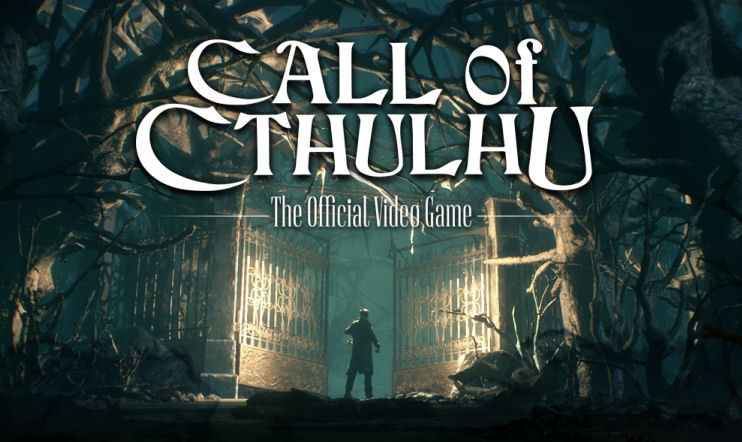
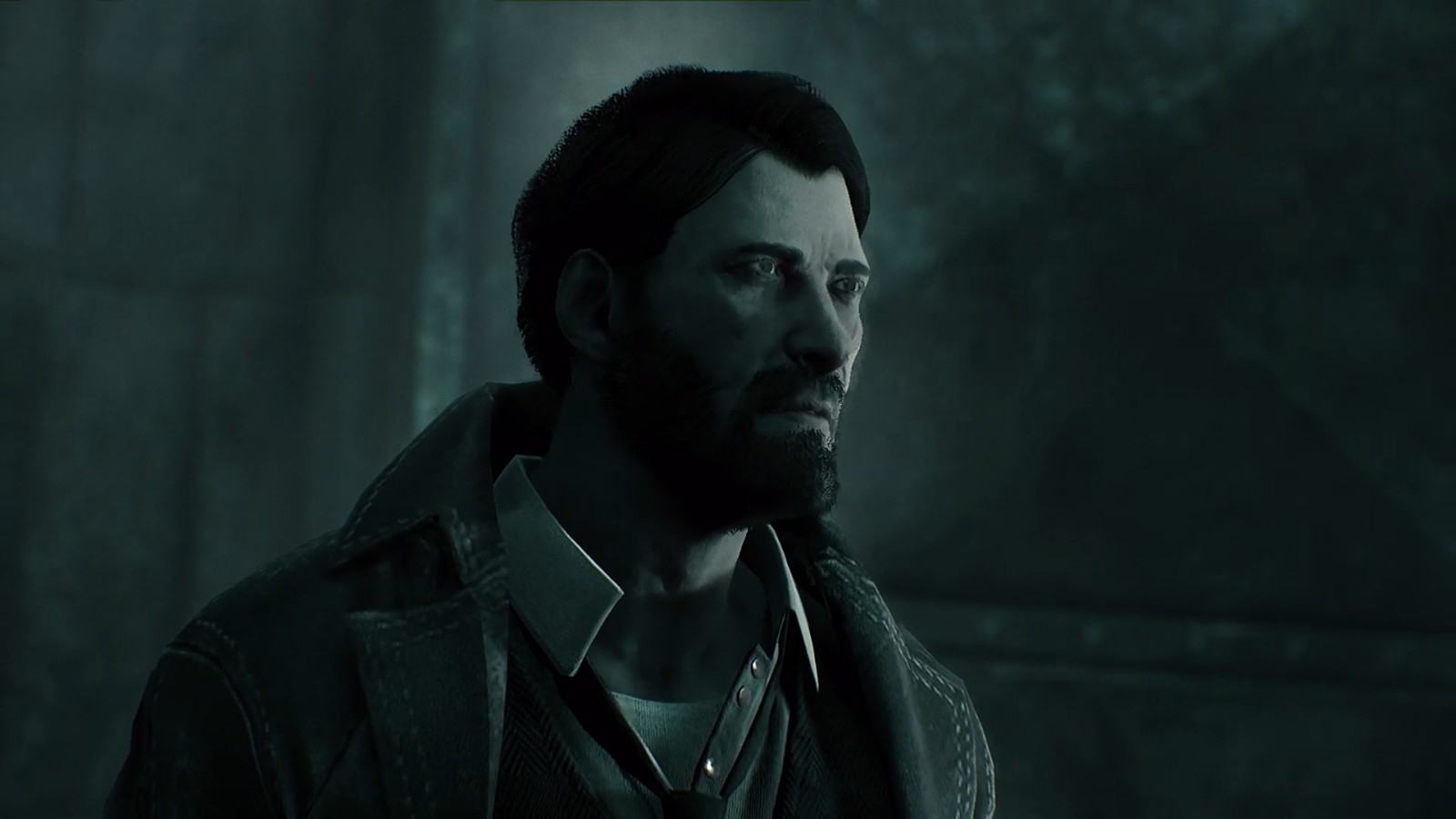
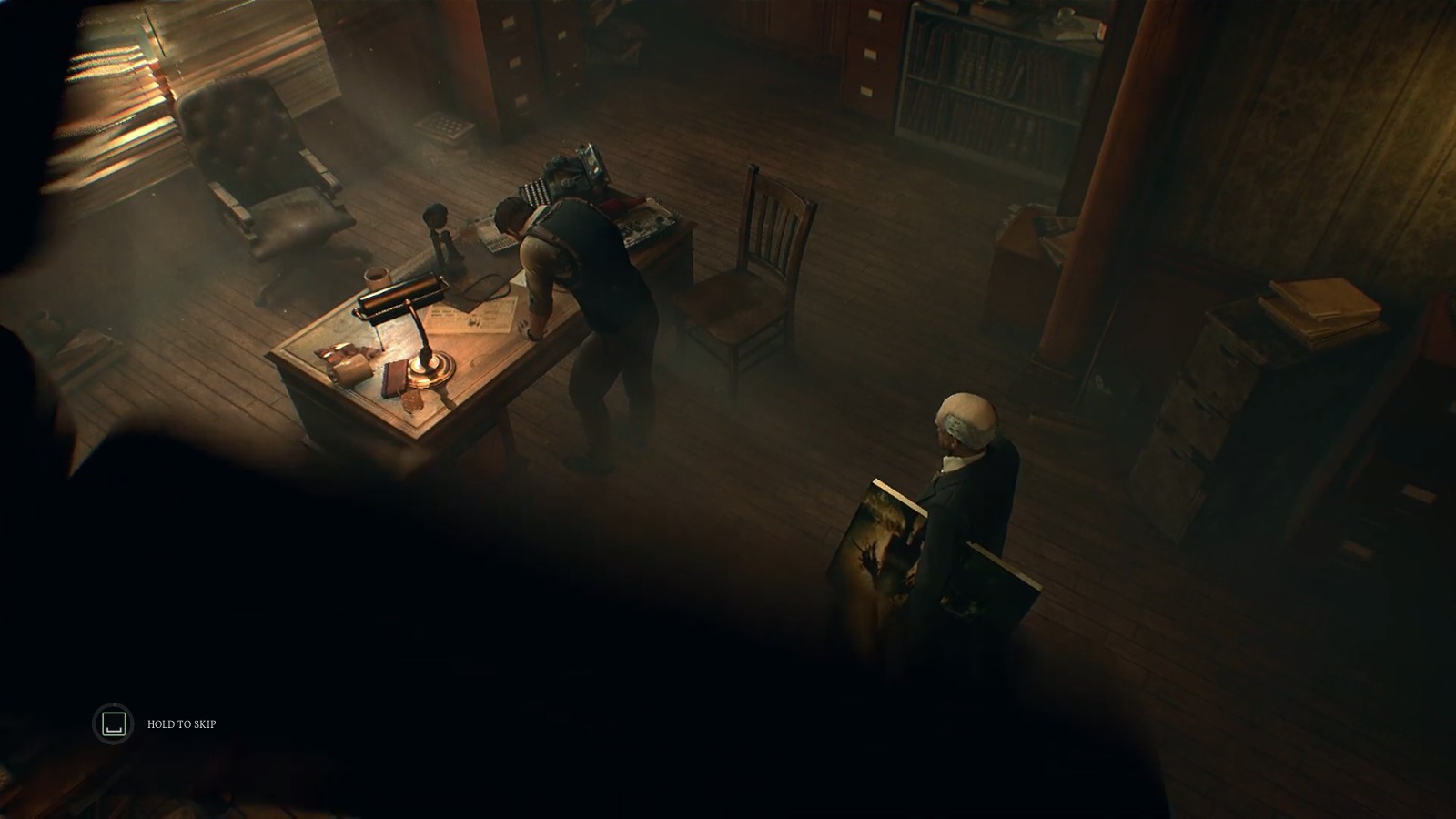
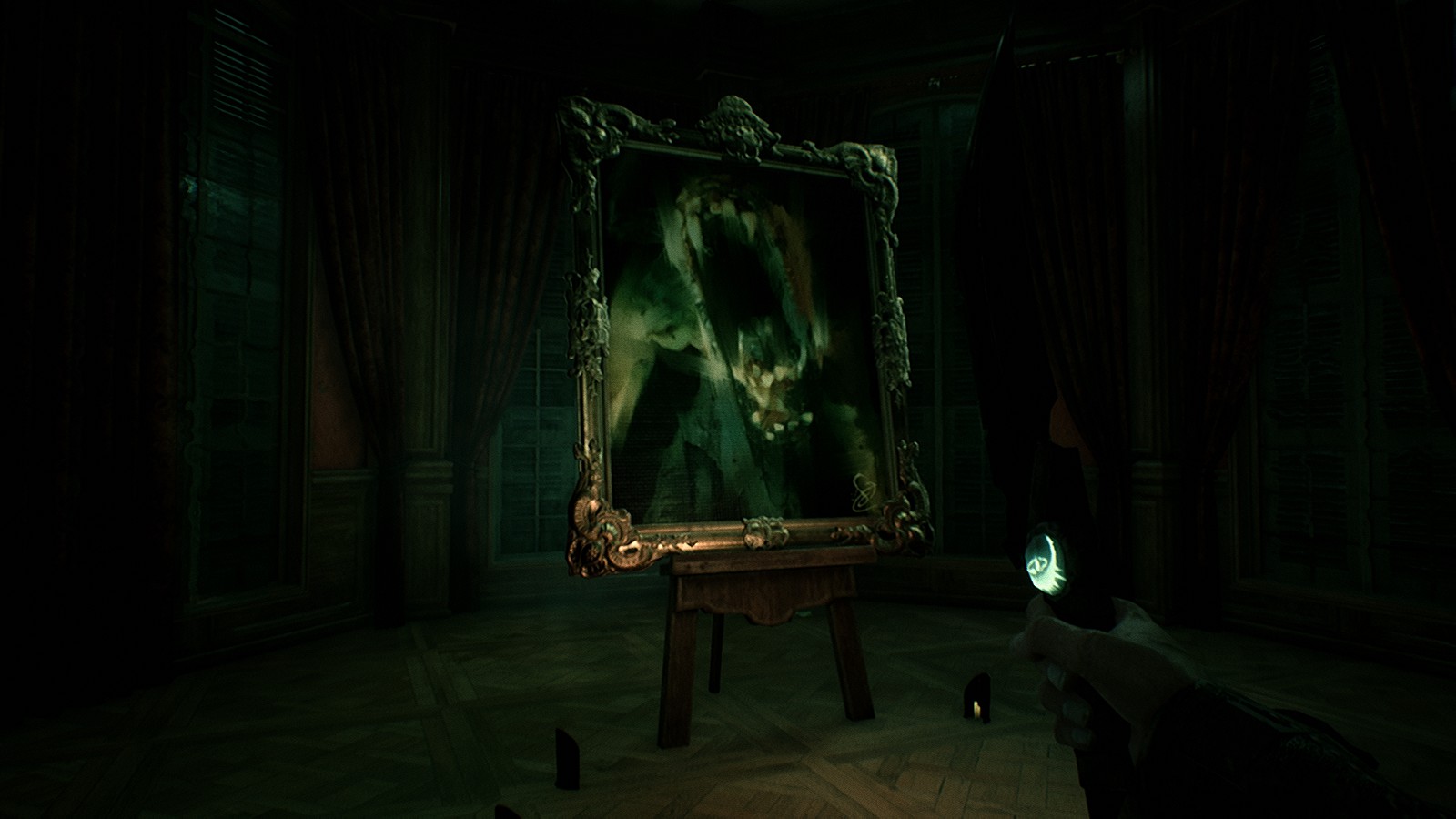

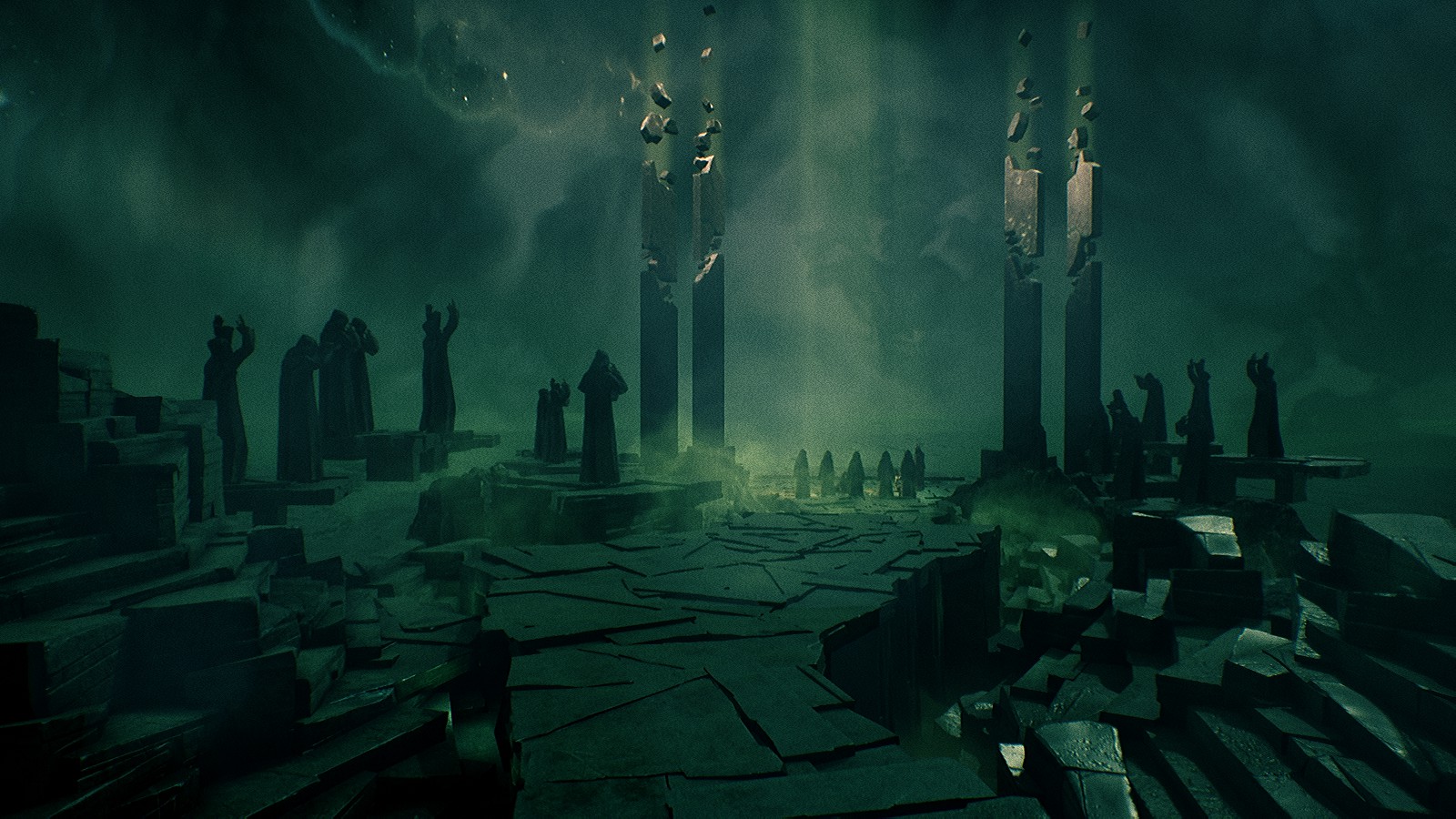





Published: Oct 26, 2018 12:58 pm